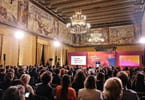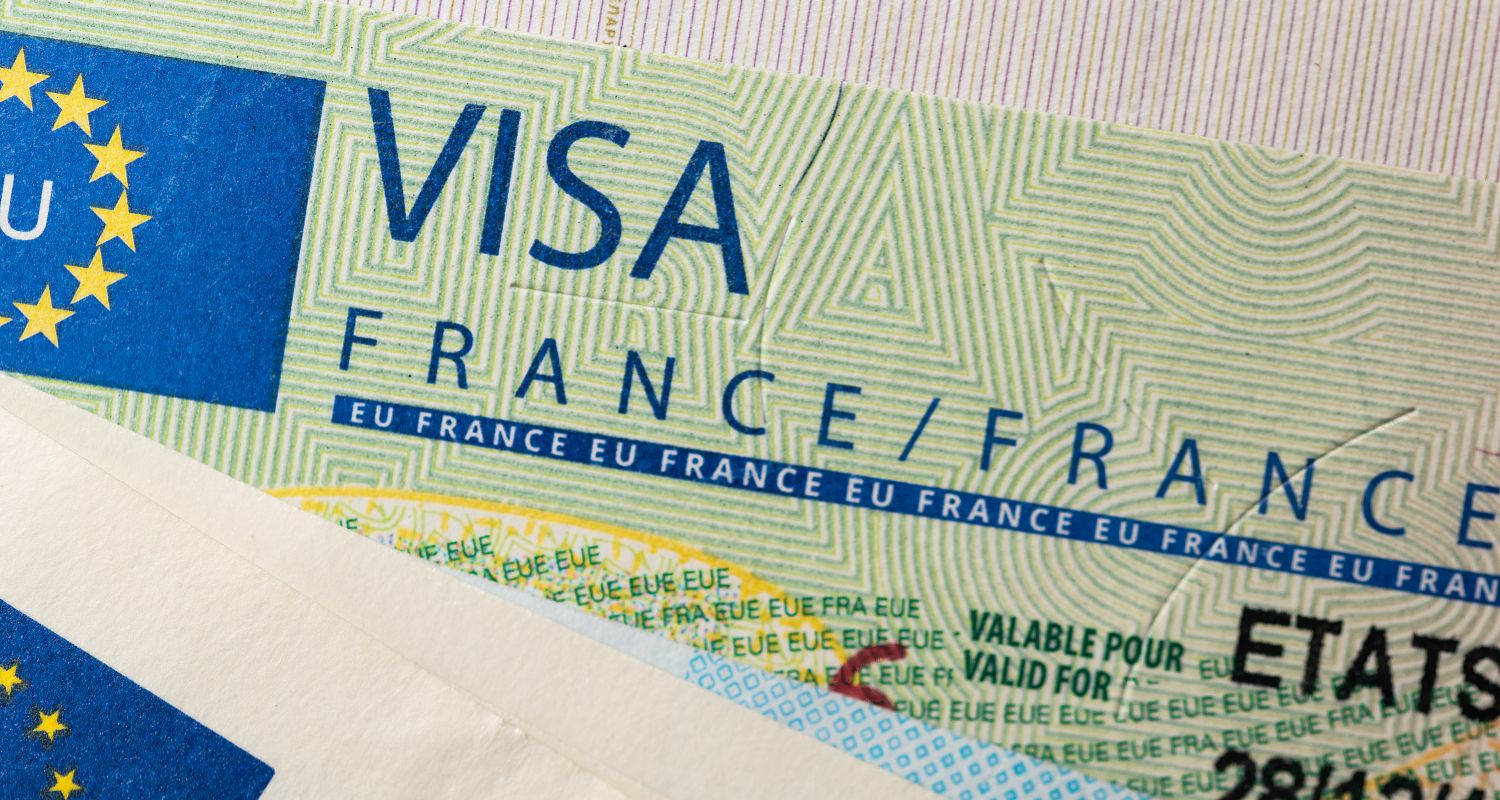BUENOS AIRES – Tango impresario Juan Fabbri can’t get a table at the 500-seat dinner theater he runs. That’s because Esquina Carlos Gardel in Buenos Aires is packed with tourists every night.
Fabbri’s clients pay $80 to $160 each to slice into steaks while watching a movie about the 19th century roots of tango, Argentina’s signature melancholy music and dance. After dinner, they view a dance show with orchestra.
The theater fills up every night of the year except for Christmas Eve, when it’s closed, Fabbri said. “If I want to dine in my own joint, I have to eat standing up,” he says.
He and business people like him are enjoying a resurgence in the popularity of tango in Argentina’s capital, on the back of a boom in tourism.
Tango is a $450 million per year industry and accounts for 10 percent of entertainment spending in Buenos Aires – not bad for a century-old dance form competing with movies, video arcades, stadium rock and raves.
Theaters like Fabbri’s employ choreographers, dancers, musicians and costumers, all contributing to a so-called tango economy that is growing 25 percent a year – triple the pace of overall economic expansion.
Argentina has benefited from a sudden jump in tourism after a deep economic crisis in 2002 that saw the peso currency fall sharply, making travel to Argentina cheaper.
That led to a surge in demand for tango dinner theaters, which cater almost exclusively to visitors from Asia, Europe and all over the Americas.
“About 85 percent of foreign tourists go to a tango show because it combines two things they seek: seeing the tango and eating well. The beef is key,” said Marcelo Ruggieri, who heads a business chamber representing 13 tango dinner theaters.
Like a New Orleans jazz club, or a samba night in Rio de Janeiro, a tango show is a must-see for visitors to Buenos Aires.
“If you don’t see this, you don’t see Buenos Aires,” said Greek tourist Michael Dimadis, 30, who watched a tango show with European friends at Michelangelo, a tango theater with an emphasis on Argentine wines. “It’d be like going to Greece and not eating tzatziki.”
The budget-minded backpacker crowd also contributes to the tango economy, heading to bars where the accordion strains of traditional tango are remixed with electronica dance music.
And hard-core tango enthusiasts — 25,000 a year come for tango classes — attend social dances known as milongas and drop money on tango-dancing shoes and outfits.
“The biggest income producer for the city of Buenos Aires is tourism, and within tourism the most important spice is tango,” says Fabbri, who opened Esquina Carlos Gardel (Carlos Gardel Corner), named after tango’s best-known singer, seven years ago.
Fabbri began dancing tango in the early ’90s, mingling with an underworld of veteran tango dancing legends. He noticed tourists went to dance halls to soak up tango culture and sensed a business opportunity, first opening a dance hall, then a 24-hour cable television tango channel, and now his theaters.
Some people in the dinner-show business fret that a glut is developing. But Fabbri says a surge in cruise ships docking at Buenos Aires will guarantee a full house at both Esquina Carlos Gardel (www.esquinacarlosgardel.com.ar/) and at a new 1,200-seat establishment he and his partners are opening at a cost of more than $2 million.
Few locals shell out for tourist-oriented tango spectacles, but a new generation of Argentines has embraced the quintessentially national dance, attending a growing number of dance schools and tango dance halls, known as milongas.
“In my generation — we were young in the ’70s — we said no to tango and Argentina had really good rock music. Nowadays the tango world is full of young, beautiful people, it’s good for everyone,” said Jorge Marchini, an economist who authored the government study on the tango business world.
Ironically, Marchini notes, it’s often the foreign fascination with tango that awakens Argentines to their own culture.
Last year a record of close to 400,000 foreigners and Argentines attended Buenos Aires’s annual tango events: a city-wide music festival and an international dance competition.
So many foreigners come to tango dance halls now, that some milongas pay good male dancers to approach wall-flowers and make sure all the visiting ladies get out on the floor since it can be difficult for outsiders to negotiate the strict, even snooty, tango club hierarchies.
“Every city has its flavor, its smells, its style, its way of life and tango is the personality of Buenos Aires,” said Marchini.
WHAT TO TAKE AWAY FROM THIS ARTICLE:
- He and business people like him are enjoying a resurgence in the popularity of tango in Argentina’s capital, on the back of a boom in tourism.
- Like a New Orleans jazz club, or a samba night in Rio de Janeiro, a tango show is a must-see for visitors to Buenos Aires.
- He noticed tourists went to dance halls to soak up tango culture and sensed a business opportunity, first opening a dance hall, then a 24-hour cable television tango channel, and now his theaters.






















